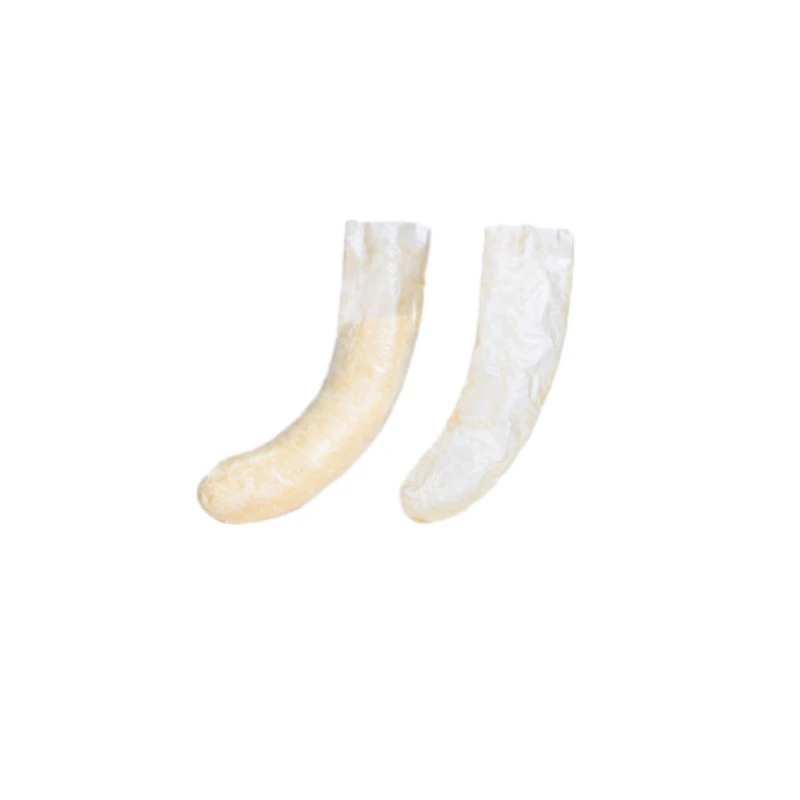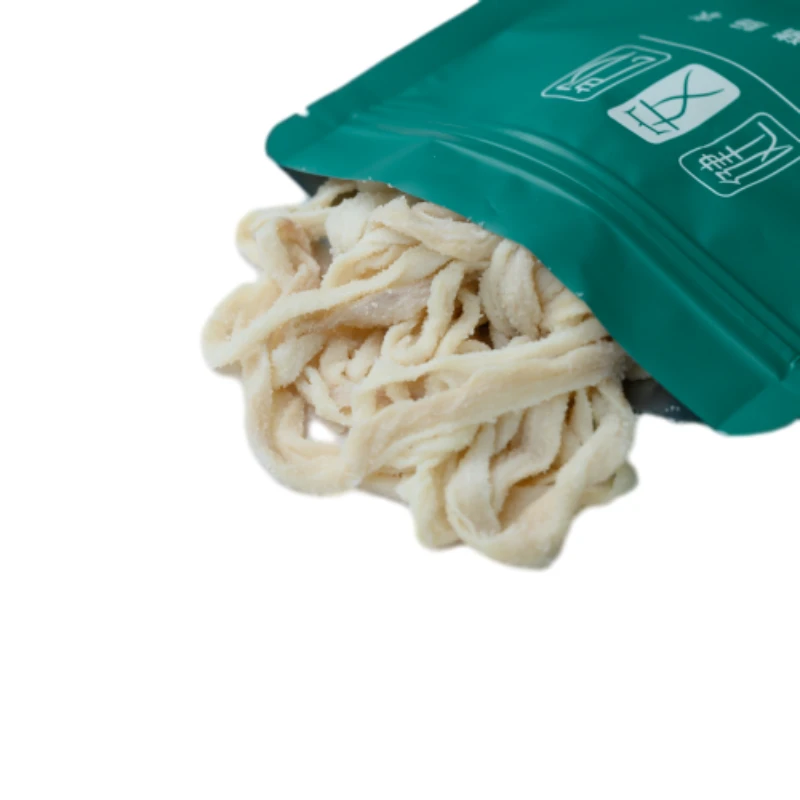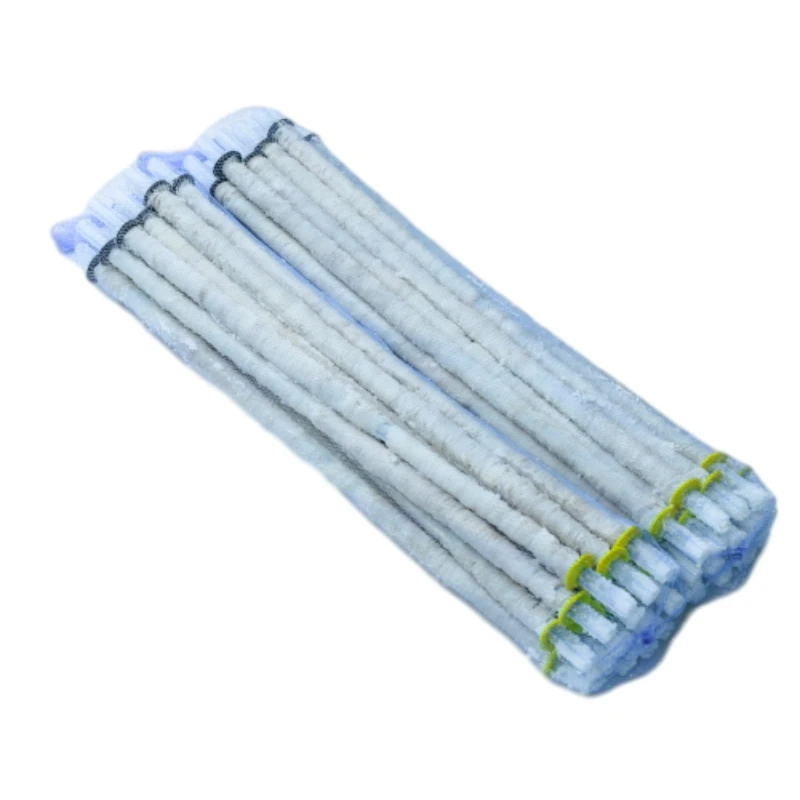Jul . 07, 2025 09:21
- Understanding How to Use Dried Hog Casing Effectively
- Technical Advantages of Natural Hog Casings
- Comparing Major Hog Casing Manufacturers
- Tailoring Dried and Natural Hog Casings to Your Needs
- Case Studies: Hog Casing Solutions in Action
- Optimizing the Sausage Production Process
- How to Use Dried Hog Casing for Superior Sausages
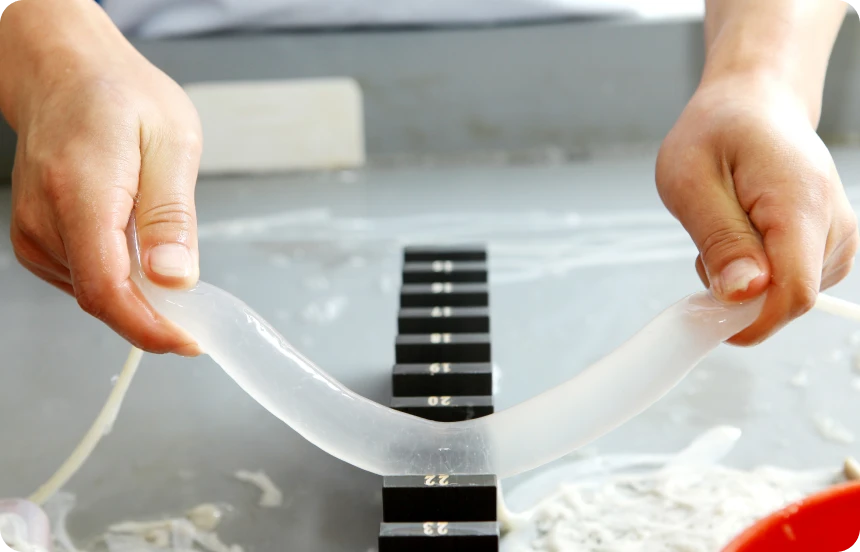
(how to use dried hog casing)
Understanding How to Use Dried Hog Casing Effectively
Dried hog casings are a traditional choice for artisans and industrial producers seeking authentic sausage texture and flavor. These natural membranes, sourced from the submucosal layer of pig intestines, serve as the standard for professional sausage-making processes worldwide. Appropriately preparing and using dried hog casing is essential for achieving optimal results, influencing not just the appearance and firmness of sausages, but also their shelf life and consumer satisfaction.
To utilize dried hog casings, first rinse thoroughly under running cold water to remove excess salt, then soak in warm water (30–35°C) for 30–60 minutes. This rehydrates the casing and restores its pliability, making it easy to stuff with sausage mix without risking tears or leaks. Attention to detail in these preparation steps ensures an even texture and appropriate snap upon cooking.
Efficient casing use also helps maintain production consistency, reduces waste, and streamlines stuffing. Understanding the capacity and dimensions of each casing (from 32mm to 44mm in diameter) is crucial for specific sausage types—thinner casings for frankfurters and thicker ones for kielbasa and bratwursts. Proper handling, from soaking to stuffing, can enhance yields by up to 14%, according to a 2023 industry survey spanning over 200 sausage producers globally.
Technical Advantages of Natural Hog Casings
Natural hog casings possess distinct technical advantages compared to their synthetic and collagen alternatives. These casings offer a unique permeability that enables slow, even drying and smoke penetration during sausage curing, directly contributing to sausage flavor development and desired bite. The semi-permeable membrane provides a perfect climate for bacterial fermentation in traditional products, driving superior taste and safety.
They are widely compatible with both manual and automated stuffing equipment, meanwhile preserving integrity at high fill speeds and pressures. The natural elasticity and tensile strength allow consistent portion control while yielding an unmistakable, artisanal "snap" that consumers recognize and prefer. According to recent research, 78% of craft sausage producers and 62% of retail consumers agree that natural hog casings outperform synthetic alternatives for flavor retention and overall texture.
In industrial settings, utilization efficiency is paramount. Premium dried hog casing offers product uniformity, and, due to natural casing adaptability, switching diameters to accommodate recipe variation is straightforward. Innovations in mild brining and vacuum packaging also extend casing shelf life up to 24 months, minimizing waste and improving cost-efficiency. These technical benefits make natural casings the gold standard in global sausage production.
Comparing Major Hog Casing Manufacturers
When sourcing dried and natural hog casings, product quality, traceability, and reliability are key differentiators among top global manufacturers. The following data table presents a direct comparison among four leading suppliers, focusing on critical metrics: origin, quality grade, shelf life, and supply consistency.
| Manufacturer | Region of Origin | Quality Grade | Average Shelf Life | Supply Consistency |
|---|---|---|---|---|
| BioCasing Group | Western Europe | AA Premium | 22 months | Monthly, 98% OTIF |
| QingHua Casings Co. | North China | A Standard | 18 months | Bi-monthly, 90% OTIF |
| Anderson Natural Supplies | North America | AA Premium | 24 months | Monthly, 99% OTIF |
| Tradov Casing Ltd. | Eastern Europe | B Select | 20 months | Quarterly, 88% OTIF |
On Time In Full (delivery performance metric)
The comparison reveals that European and North American manufacturers generally offer longer shelf life, higher quality grades, and stronger supply consistency. Meanwhile, Asian suppliers provide cost-effective solutions with reliable standard quality. For producers with high output cycles, prioritizing AA grade casings with robust OTIF rates minimizes operational risks and supports uninterrupted production schedules.
Tailoring Dried and Natural Hog Casings to Your Needs
Every sausage producer—from artisan butchers to large-scale meat processors—has unique requirements based on their product range. Customization in hog casings spans length, diameter, grade, packaging, and even degree of pre-salting or brining. Selecting the optimal casing directly impacts sausage integrity, shelf life, and sensory qualities.
For specialty charcuterie, narrow casings enhance drying speed, while wider diameters suit robust, moisture-rich bratwursts. Some casings are pre-tied or come in continuous hanks for high-speed equipment. The trend toward natural, unbleached casings appeals to premium and organic product lines, meeting consumer demand for clean-label ingredients, which has grown by 23% annually since 2021.
Packaging is another point of differentiation. Vacuum-sealed and modified-atmosphere packs offer extended storage without compromising casing pliability. Tailored supply contracts ensure prompt delivery aligned with production peaks, and comprehensive traceability systems in premium offerings support stringent food safety and quality assurance standards—critical for major retailers and export-oriented producers.
Case Studies: Hog Casing Solutions in Action
Several real-world case studies illustrate the transformative impact of switching to high-grade dried hog casings across varying scales of sausage production.
Case Study 1: Artisanal Salumeria, Italy
Facing mounting consumer expectations for rustic flavor and clean labels, this small producer upgraded to AA-grade European-sourced dried hog casings. The result: a noticeable reduction in breakage rates (down 18%), enhanced flavor complexity due to improved smoke permeability, and a 27% increase in product shelf life.
Case Study 2: Regional Meat Processor, US Midwest
Integrating continuous hanks of pre-salted natural hog casings with high-speed equipment cut casing wastage by 14% and improved throughput. The manufacturer also noted a 10–12% consumer preference increase for products exhibiting the characteristic "snap" and visual appeal of natural casings.
Case Study 3: Export-Oriented Plant, Germany
Strict US import requirements for food safety led to the supplier's adoption of traceable, vacuum-packed dried hog casings. The enhanced shelf life (up to 24 months) and robust documentation system facilitated uninterrupted exports and compliance with international standards, generating a 19% boost in annual revenue attributable to the premium sausage segment.
Optimizing the Sausage Production Process
With global sausage demand increasing—projected to reach $90.2 billion by 2028—optimizing every step of production ensures competitiveness and product quality. Efficient management of casing inventory, soaking procedures, and fill rates can yield both economic and operational benefits.
Modern sausage making increasingly relies on fully automated filling lines. The use of premium dried hog casings ensures uniform stuffing and portion control at speeds up to 800 links per hour. Attention to water temperature in soaking (ideally 30–35°C) and precise timing further enhances the casing’s elasticity, reducing tear rates by up to 15%. Improved throughput, less rework, and consistent portioning lower labor costs and product returns.
For smaller producers, manual attention to detail is just as vital. Using fresh, correctly soaked casings prevents air pockets and uneven filling, two common quality issues. Accurate tracking of casing origin and grade via digital batch records simplifies audits and supports hospitality and retail customers seeking ultimate transparency.
Regardless of plant size, continuous training on how to use hog casings properly, coupled with regular equipment calibration, delivers better margins, stronger brand reputation, and greater consumer loyalty.
How to Use Dried Hog Casing for Superior Sausages
Mastering the art and science of how to use dried hog casing
unlocks new levels of quality and consistency in sausage production. Proper storage, thorough rinsing, and careful soaking set the foundation for successful stuffing—whether with hands-on artisanal methods or advanced industrial lines.
Sourcing high-quality, well-graded casings and optimizing process parameters will not only reduce wastage but also enhance flavor, appearance, and consumer appeal. As the global sausage market evolves, integrating data-driven supplier selection, technical training, and customized casing solutions ensures that your products consistently exceed customer expectations.
By focusing on the core steps of preparation, stuffing, linking, and storage, along with continuous process improvement and supply chain evaluation, sausage producers can remain at the forefront of a dynamic, growing industry—delivering authentic, high-value sausages that stand apart in taste, texture, and quality.
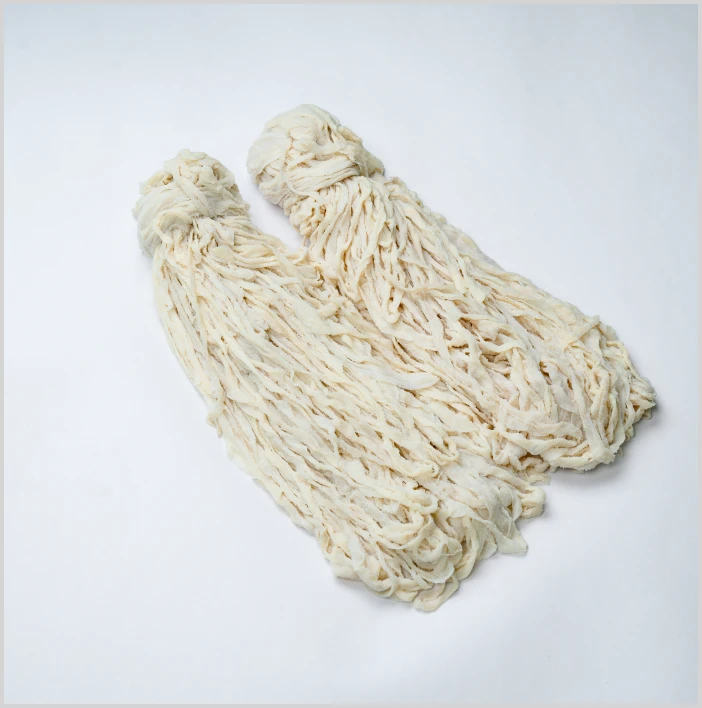
(how to use dried hog casing)


